It was believed that Gobo Fango was once adopted by a loving white family. In fact, that is furthest from the truth, Fango’s story is one of slavery.
Gobo Fango was a member of the Gcaleka tribe, a sub-group os the Xhosa people. Fango was born in Eastern Cape Colony in what is now South Africa around 1855, just before the Xhosa Wars began.
The wars brought hardships to the Xhosa people forcing his mother to abandon him at the age of three. She left him in the crotch of a tree where he was later discovered by the sons of Henry and Ruth Talbot, English-speaking settlers on the Cape Frontier.
The Talbot’s claimed him and raised him as an indentured servant. Two years later, in 1857, the Talbot family was baptized by Latter Day Saint (LDS) missionaries. Shortly afterward the Talbots sold their belongings and made preparations for the migration to Utah Territory. On February 20, 1861, they boarded the ship Race Horse, bound for Boston, Massachusetts and from there took a train to Chicago, Illinois. Arriving in Chicago on the eve of the Civil War, abolitionists accused the Talbots of bringing a slave across the free states, forcing them to hide the six-year-old under a passenger’s skirts until the search finished.
The Talbots continued on their journey, traveling through Iowa and then to Nebraska before finally reaching Utah. They arrived in Salt Lake City on September 13, 1861. Fango, now a teenager worked for the Talbots as a farm laborer. Due to the cold weather, and not having proper shoes, Fango developed frostbite and lost toes, causing him to walk with a limp.
Although the Talbots knew Fango had been free since he was seven years old (U.S. Congress had abolished slavery and indentured servitude in all U.S. territories), they sold him to the Lewis Whitesides family. He was sold again to Ruth Whitesides Hunter and taken to Grantsville where he helped the family with sheep herding.
By the early 1880s, Fango had settled in the Goose Creek Valley in Idaho Territory. By this point, he was free of any obligations to others and ran his own sheep herding ranch. Even at this point in Fango’s life, he was unable to live in peace. The longstanding region-wide rivalry between cattlemen and sheep herders eventually involved Fango when in 1886 cattlemen in Goose Creek issued an edict demanding the departure of all sheepmen from the valley.
Cowman Frank Bedke accused Fango of trespassing on land reserved for cattle grazing, but whenFango asked for evidence of Bedke’s ownership of the land. Bedke, in response, shot Fango.
Although Fango was mortally wounded, he was able to crawl to a farmhouse close by where he was able to dictate his will, he left money to several members of the Hunter family, the Salt Lake LDS Temple Fund, and people in need.
Bedke was brought up on charges of murder, but the jury could not reach a unanimous verdict. In a second trial, the jury found that Bedke had killed Gobo Fango in an act of self-defense, and he was acquitted. Fango was 30 years old when he died.
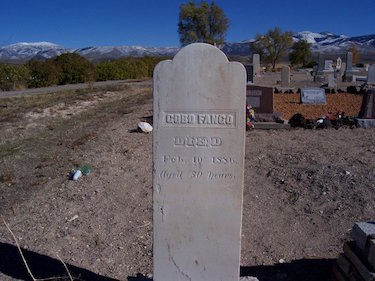
source:




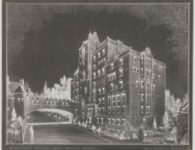
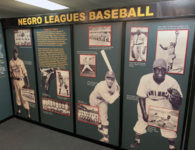
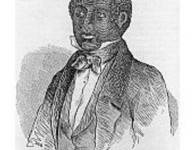
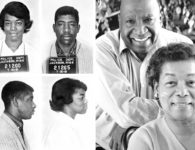

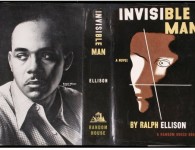
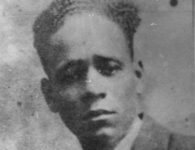
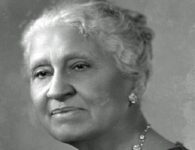
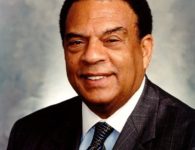




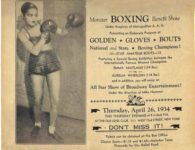
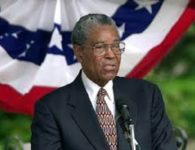

No comments